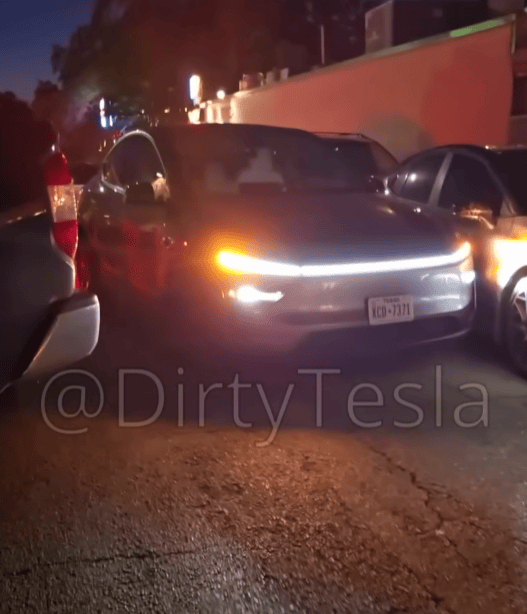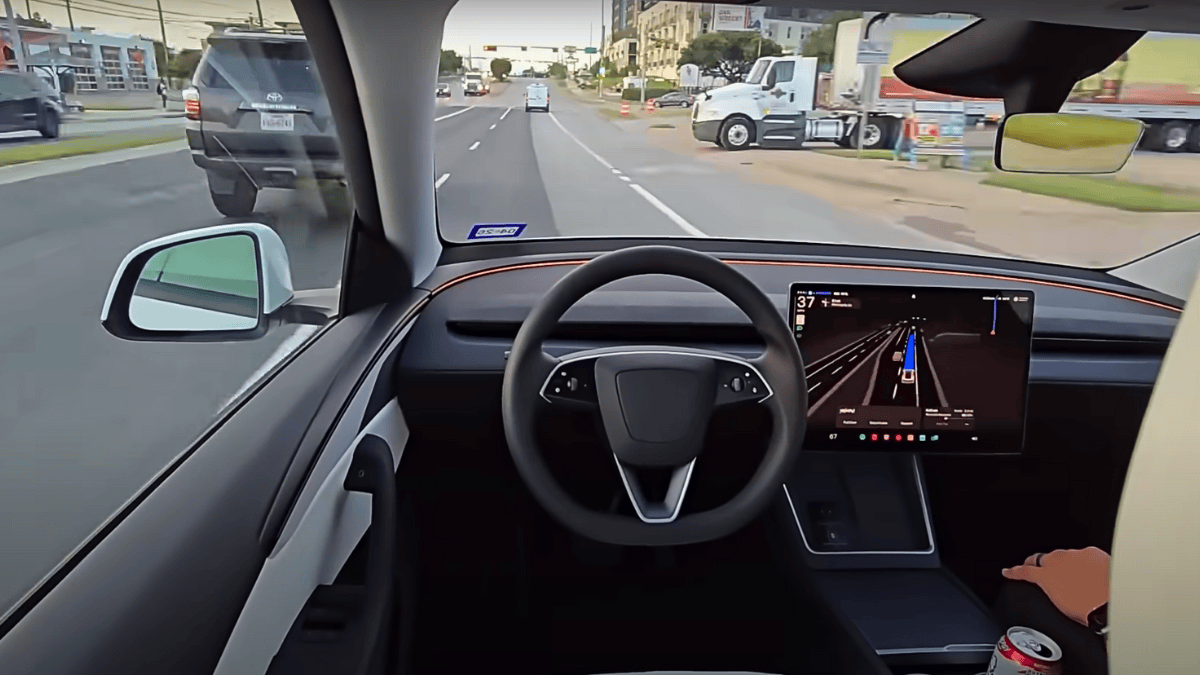Tesla’s dream of a fleet of self-driving robotaxi is no longer just something you see in video teasers. In Austin, Texas, the company has opened a private test area where invited riders can hail robo-cabs. After climbing in more than fifty times and covering 250 miles, one early user is sharing the real scoop on life with the tech.
The Bad: Early Drop-Off Glitch & Parking Lot Collision
For the most part, the trips felt steady, yet two moments stuck in my mind:
Drop-off Fail: When I chose End Ride Now on the in-car screen, the car stopped dead in an active left-turn lane and suddenly shifted into park. Tesla’s remote team fixed the glitch fast, but had I hopped out in traffic, it could have ended badly.

Minor Collision: Outside a pizzeria, the taxi tried to wiggle through a tight gap between two parked cars. From inside, it appeared to have stopped. Still, later video showed its tire grazing the paint job—an oversight that the other owner only discovered because of the dash cam.
Even with these glitches, everything happened at crawling speeds, so no pedestrians or bikers were ever in danger.
The Good: Safety, Smoothness & Smarts
Tesla’s new Robotaxi really showed off how smart it can be:
- It pulled to the curb for an ambulance better than some people nearby.
- When it blocked a crosswalk, it politely backed up on its own—a trick most Full Self-Driving cars still need to learn.
- Tight multi-point turns looked easy, not clumsy.
- Chaotic scenes with fire trucks and flashing lights were handled slowly but surely, with no sudden swerves.
- The car kept extra space between itself and walkers or cyclists—something they built into the code on purpose.
Next to Waymo’s vans, the Teslas’ ride felt significantly smoother, with soft acceleration, gentle braking, and easy cornering.
Ride Experience & Interface: Cloud-Synced Entertainment
Each Robotaxi had a big screen in the back synced to the rider’s Tesla account, so music and Netflix switched over like magic.
Bluetooth and game controller support are still not available, but everything else inside felt polished and clean.
The only buzz-killer was a Tesla safety person sitting up front, which definitely detracted from the driverless vibe.
Current Limitations & Future Expansion
Currently, Tesla’s map is smaller than Waymo’s zone in Austin, which still starts in the busiest parts of the city.
That said, many riders predict the area will triple in six months, then move to other data-heavy spots, such as parts of California.
Tesla is leaning heavily on cameras and software—no fancy laser maps or LiDAR—and that bold gamble could enable the tech to spread quickly if it pans out.
Final Verdict: It’s Almost There
Its Robotaxi isn’t flawless yet, but it feels closer than ever. The rides are quick, cheap, and mostly smooth, proving the idea really might work.
Currently, the Austin fleet receives new driver invites every day. Once Tesla addresses those last quirks and integrates the safety seat, we can kick off the ride-hailing future.
Key Highlights:
- 250-plus miles over 50 robotaxi trips
- Two light brushes: a wrong stop and a parking-lot tap
- Solid reflexes in emergency situations
- Infotainment syncs flawlessly through the Tesla account
- Safety rider sits in but barely steps in
- The vision-only setup is looking seriously promising
Watch the full video on Dirty Tesla’s YouTube Channel Here
👉 Please 📩SUBSCRIBE to us for more real-world EV analysis, news, and deep dives — written for EV fans by EV fans. It’s FREE!
Hey, I’m Badal! I’m super passionate about cars—especially electric ones. Whether it’s EVs, electric trucks, bikes, or anything with a battery and wheels, I’m all in. I love writing blogs and articles that break things down for fellow enthusiasts and curious readers alike. Hope you enjoy the ride as much as I do! Enjoyed reading? You can buy me a coffee on PayPal ☕ → paypal.me/BadalBanjare
